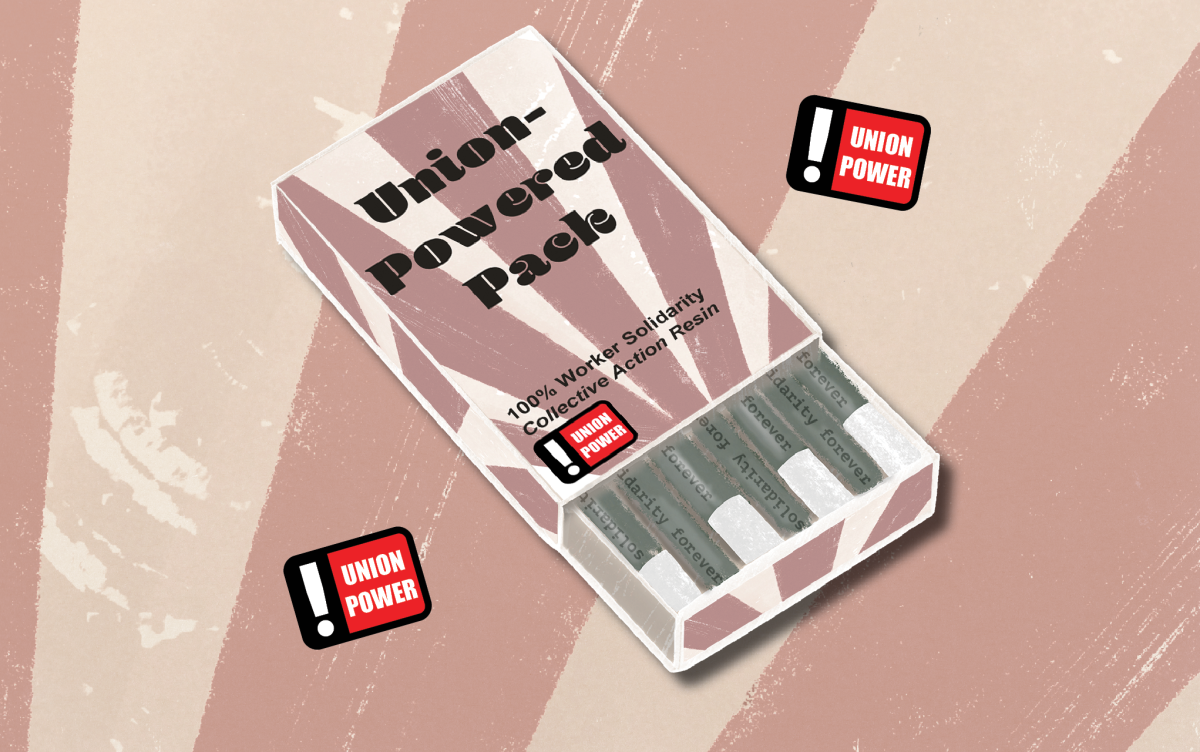With the introduction of larger retailers with more capital and resources to the cannabis industry and overproduction being at an all-time high, smaller locally-owned cannabis businesses are struggling to stay afloat.
The cannabis industry saw a sudden boom during the height of the COVID-19 pandemic, with the price of a pound of cannabis reaching around $1,400, according to Oregon Liquor and Cannabis Commission (OLCC) statistics. Today, a pound of cannabis is worth about $600 – less than half of the value it was worth two years ago.
The abnormal amount of cannabis consumed in 2020 created a false state of demand for the cannabis industry. As a result, many smaller, locally-owned cannabis companies are now struggling to maintain the same amount of sales they had during the height of the pandemic.
According to OLCC statistics, 5.5 million pounds of cannabis were harvested in October 2021, compared to about 4 million pounds of cannabis harvested in October 2020 good to note that this significant drop. However, despite the increase in production, statewide cannabis sales in 2021 reached $93,780,372, which is over five million dollars less than in 2020. Sales continue to drop significantly, with statewide sales reaching $79,384,055 as of October 2022, over fourteen million dollars less than in 2021.
“They’re making batches of things that are ten times the size of things we’re making, so naturally they’re able to drive the price down on those,” said Derek Panter, sales manager at, Eugene-based cannabis extract company Willamette Valley Alchemy (WVA). “They’re manufacturing 30 or 40 thousand cartridges a month, and we’re manufacturing five to eight thousand a month.”
However, mass production of cannabis and cannabis-related products can often lead to a lower quality product, resulting in larger businesses selling their products at lower prices. With inflation rates in the United States being the highest they have been in over 40 years, according to NPR, many cannabis consumers are opting to purchase cheaper products from the larger retailers within the industry. In turn, this affects sales for smaller local cannabis businesses, which often have higher quality products that tend to be less budget-friendly compared to the products offered by larger businesses operating within the industry.
“As the economy has been going down, demand has been going down. Now, companies that produce the high-quality stuff aren’t seeing the same demand because the consumers have gone back to purchasing more of the budget-friendly products,” Panter said.
As a result of larger retailers selling their products at lower prices, the overall market value of cannabis has been driven down. Many of the larger businesses, such as Nectar, have upwards of a thousand employees and an abundance of money nearly endless resources allowing them to thrive despite the market value of cannabis dropping significantly over the past few years. Smaller locally-owned businesses such as WVA, which has a total of 23 employees, do not have these kinds of resources.
“The only people who survive are people who have the means to be able to affect the market. The lowly one single-license farmer, who’s just trying to grow 300 plants to put his kid through college or make a profit for his business has absolutely no chance,” said Dan Isaacson, partner of Oregon-based cannabis company One Gro.
Many business owners within the industry believe that the issues caused by overproduction are linked to a lack of state regulation.
Despite Oregon no longer issuing any cannabis-related licenses applied for after Jan. 1, 2022, there are currently over 2,000 cannabis-related licenses in the state, with over 200 licenses in Lane County alone.
“The biggest problem for Oregon is they just had such a low barrier to entry,” said Isaacson. “Everybody with $5,000 and a dream could start a weed business.”
As a result of having such a low barrier to entry, many larger cannabis businesses, from both in and out of state, began operating in Oregon. Subsequently, massive amounts of cannabis have been produced by larger companies growing in Oregon, in addition to the cannabis already produced by the local growers that have been established prior to the introduction of “cannabis conglomerates.”
In addition, some cannabis business owners believe that the state of Oregon should discuss having a production limit.
“It doesn’t make a whole lot of sense for the industry to produce three million pounds of product if they can only consume one-third of it,” Isaacson said. As of October 2022, the state produced over 4 million pounds of cannabis with half or less that will actually be consumed.
With an overabundance of cannabis on the market, most consumers will likely choose to purchase cheaper options, normally produced by larger cannabis companies. Subsequently, the larger cannabis businesses receive a majority of the profit, while the smaller locally-owned cannabis businesses receive a fraction of that profit.
Although the smaller companies tend to offer their products at higher prices compared to the cannabis conglomerates, it is perhaps the high quality of locally-produced products that have been keeping these smaller businesses afloat.
Both Dan Isaacson and Derek Panter attribute the survival of their businesses to the quality of the products that they offer. “We’ve just stayed true to our quality and true craft cannabis. We work with good local growers, and we’re very picky about who we work with. We don’t just run anyone’s flower, and we don’t just work with anyone,” Panter said. “People have come to expect that level of quality and consistency with us, and that’s definitely what’s helped us maintain and sustain.”
Despite cannabis prices dropping due to overproduction and the market being manipulated by larger businesses within the industry, many locally-owned cannabis businesses, such as Panter and Isaacson’s businesses, have remained true to the craft and quality of the products they distribute. While many cannabis consumers may choose the cheaper products produced by the larger businesses in the industry, there are still those who opt for the higher quality products produced by locally-owned businesses even though prices may be higher.
Although the state of Oregon has ceased issuing new cannabis-related licenses until further notice, overproduction continues to be a problem as the larger companies, which are the biggest producers, continue to manipulate the market. However, smaller locally-owned cannabis businesses, such as One Gro and WVA, will continue to produce high-quality cannabis products that allow them to combat the conglomerates currently dominating the market.



















